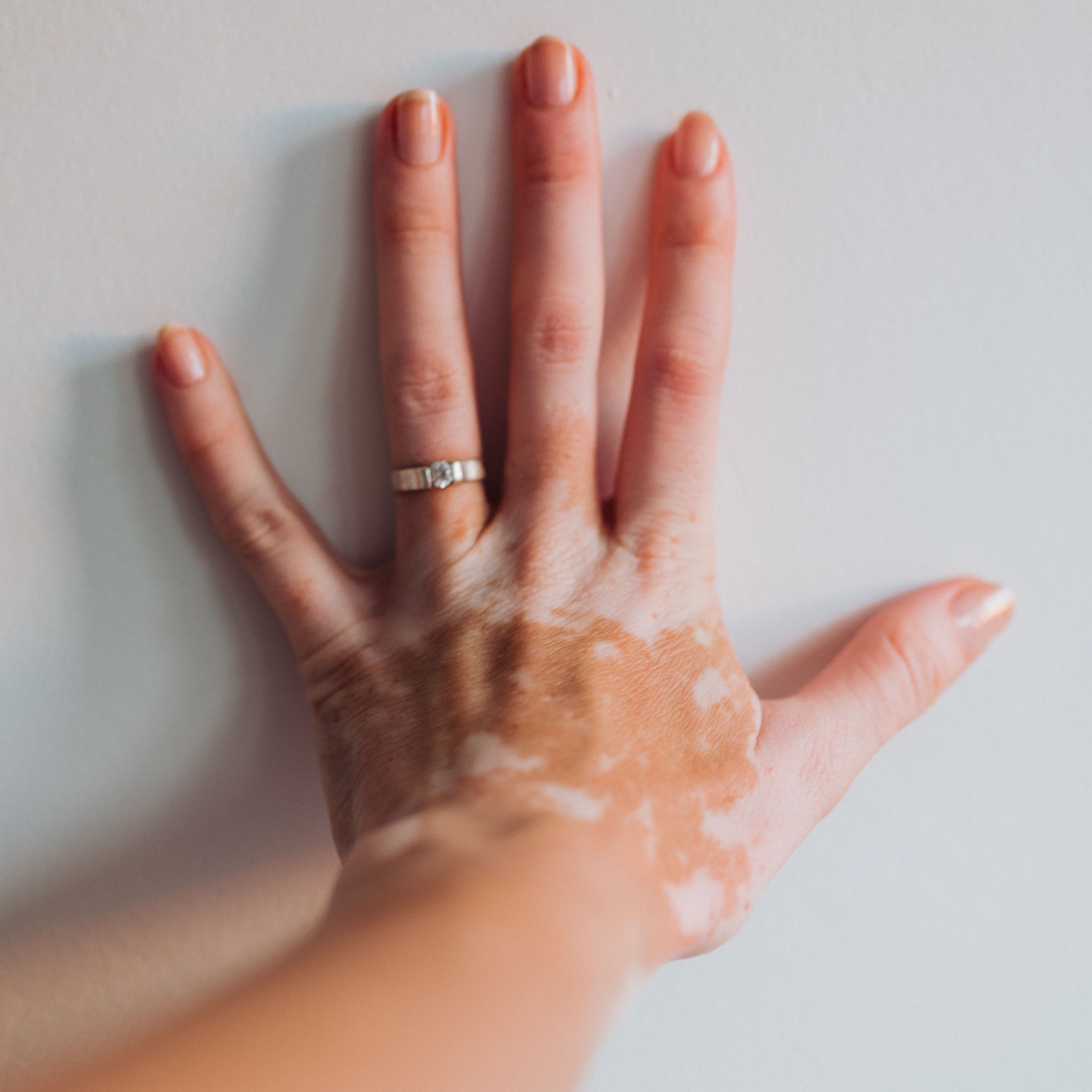Video
Karan Lal, DO, MS, FAAD: "Reframing the Mindset" of UV Exposure and Tanning Methods
Author(s):
Dr. Lal speaks to how different cultures and different geographical locations can influence UV protection methods, and how sunless tanners can be used to avoid overexposure to UV light outdoors or in tanning beds.
The recognition of July as Ultraviolet Safety Month provides patients and health care providers with an opportunity to consider the different approaches of UV safety, which runs the gamut from sunscreen application to protective clothing.
But how often does the general public consider UV protection, and how might it be perceived across different cultures? Broadly speaking, studies have shown that real world exposure and real world application of sunscreen is low across the globe.
Beyond that, UV protection can differ dramatically depending on where you’re located, as Karan Lal, DO, MS, FAAD, of the Schweiger Dermatology Group and member of The Society for Pediatric Dermatology explained in his interview with HCPLive.
“Every country has its own sunscreen laws and their own regulations for sunscreen, but sun protection is such a cultural thing,” Lal said. “In Australia, sun protection is not as feasible because they're, they're literally out in the sun all the time- it's part of the culture to go surfing, sitting on the beach, eating on the beach. In India, where my family is from, you get a lot of sun exposure, but people don't like being outside in the sun because the cultural notion of getting sun exposure means your skin gets darker, and that's considered an inferior trait.”
Location is everything, as the expression goes. While he predominantly operates in the New Jersey area, Lal will be taking his expertise to Arizona in the Fall, which current data show has one of the highest skin cancer risks in the country.
Comfortingly, Lal has seen an increased interest in UV protection in teenage patients, who are among the most vulnerable patient population given the amount of time they spend out in the sun in the summer months.
Lal attributed this change in attitude, partly, to the influence of social media. Despite some complications regarding “skinfluencers” on social media platforms such as TikTok and Instagram, many of them have advocated for sunscreen and other forms of UV protection.
“I noticed that around 12 to 13 years old, kids start becoming a little bit lackluster and don't necessarily think of sun protection, and they're just in that phase,” Lal said. “Once these kids hit 13-14, everything changes. That's when I noticed people coming in and they're asking ‘what sunscreen do I need to wear’, because they're worried about their appearance. So I think that there's a natural change in the way kids think (about UV safety).”
To hear more from Dr. Lal on how dermatologists can work towards “reframing the mindset” regarding UV exposure from outdoor tanning and tanning beds, as well as the evolution of sunless tanners, please watch the complete video interview above.





